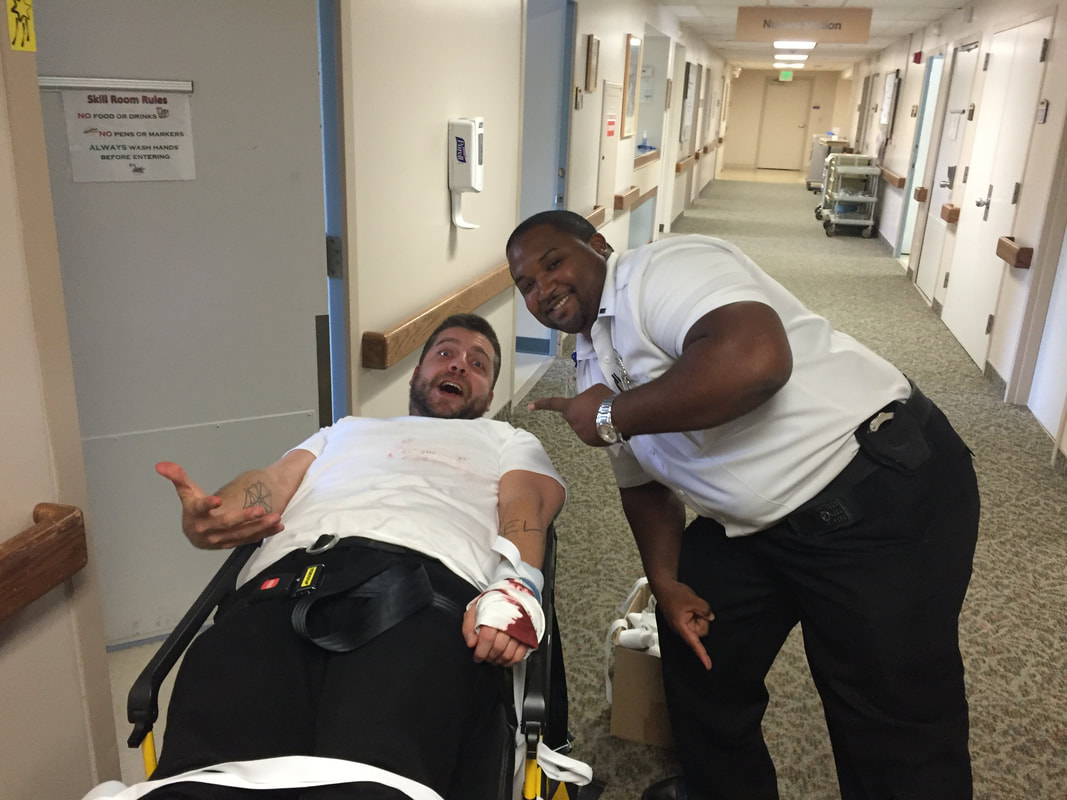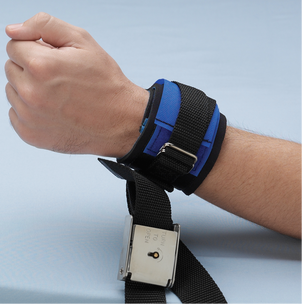Work Place Violence Prevention in Healthcare
DESIGN CHALLENGE:
Several emergency room combative patient incidents resulted in a hospital loosing valuable staff members and suffering from a lowering of staff moral.
PROJECT RESULT:
Combative patient injuries reduced by 50% over a year.
Several emergency room combative patient incidents resulted in a hospital loosing valuable staff members and suffering from a lowering of staff moral.
PROJECT RESULT:
Combative patient injuries reduced by 50% over a year.
Image above: Professional Role-player and head of hospital security preparing for a role-play session with the students.
DESIGN PROCESS:
Research & synthesis:
Research & synthesis:
- Interviewed security staff and viewed footage of violent incidents.
- Shadowed emergency room staff during their shift, interviewing them to identify physical, procedural and skill related risks.
- Reviewed state and federal guidelines for work place violence prevention.
- Facilitated meetings between multi-disciplinary hospital leadership teams to present research findings and brainstorm solutions.
- Adjusted hospital protocols and procedures based on findings.
|
Image: The hard restraints used for restraining patients to a hospital bed. The application of patient restraints proved to be a hot and emotional topic during the ideation and validation phases of the project. Discussions and preparatory role-play sessions revealed disparate views among hospital staff about the use of restraints in the hospital setting. |
Ideation, selection & validation based on research findings:
- Developed a two-day and one-day on-site training with a didactic and facilitated role-play component. Key staff (including informal leaders and program champions) participated in the two-day training and the remaining staff participated in the one-day training.
- Students engaged in group discussion and activities to resolve role-play scenarios developed from actual situations that had occurred in the hospital.
- Student suggestions generated during classes where recorded, discussed with hospital leadership and, in some cases implemented as procedures.

